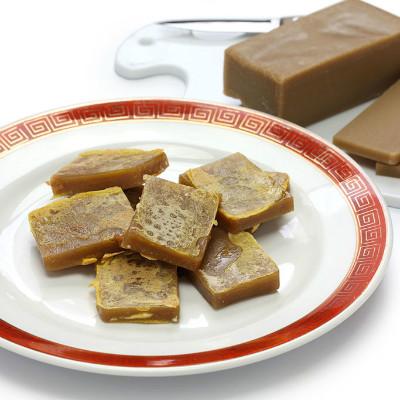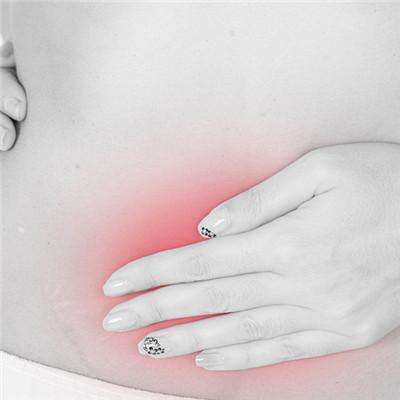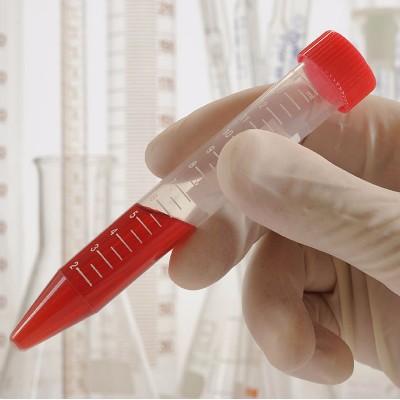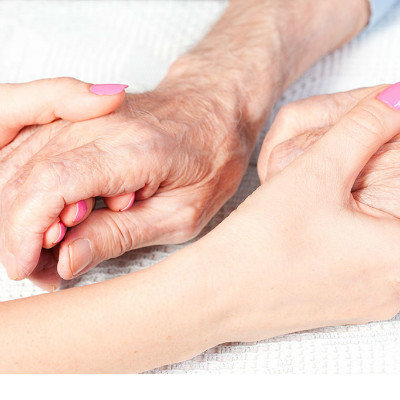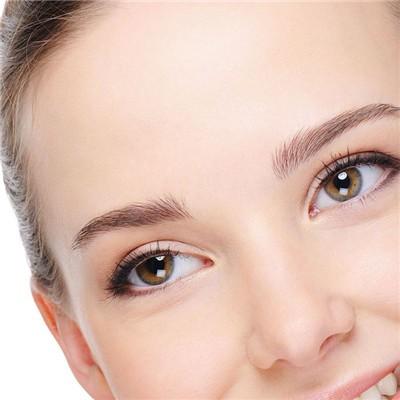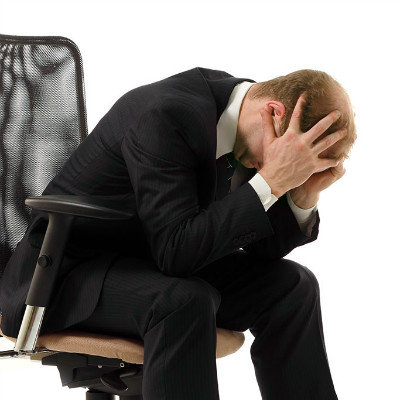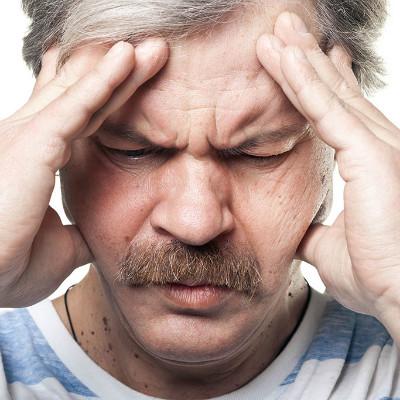Late symptoms of Parkinson's disease in the elderly
summary
Late symptoms of Parkinson's disease in the elderly? Parkinson's disease is a common nervous system disease in the middle-aged and elderly, which has three main manifestations: limb tremor, limb stiffness and motor retardation.
Late symptoms of Parkinson's disease in the elderly
Symptom one: dyskinesia. It can be summarized as: exercise can not be carried out: it is difficult to start random exercise. Movement reduction: spontaneous and automatic movement reduction, movement amplitude reduction. Slow movement: slow execution of random movement. The patient's movement is slow, and the random movement is reduced, especially when he starts to move, the movement is difficult, laborious and slow. The amplitude and speed of the repetitive movement gradually decreased. When some patients write, the smaller the character is, it is called "lowercase syndrome". Some will have language difficulties, voice smaller, narrow range. Dysphagia, eating and drinking water can appear choking cough. Some patients get up when the whole body does not move, lasting several seconds to dozens of minutes, called "frozen attack.".
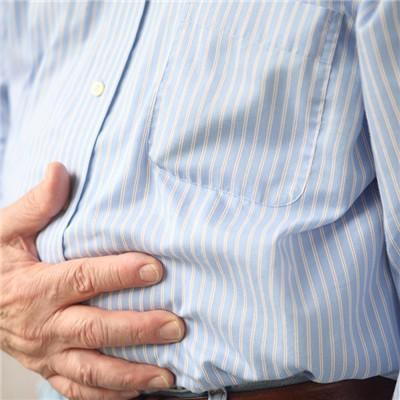
Symptom 2: tremor. It is characterized by slow rhythmic tremor, which usually starts from one finger and affects the whole upper limbs, lower limbs, mandible, lip and head. The typical tremor is static tremor, which refers to the patient's involuntary tremor in a static state. It mainly involves the upper limbs, and the hands vibrate like rubbing balls, sometimes the lower limbs also vibrate. Individual patients may involve mandible, lip, tongue and neck. Tremor 4-6 times per second, the amplitude is variable, will be aggravated when nervous. Many patients also had postural tremors of 5-8 beats per second. Some patients had no tremor, especially those over 70 years old.
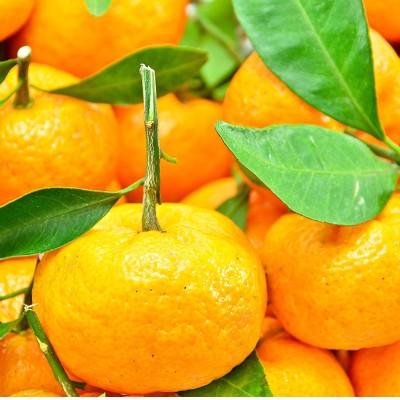
Symptom 3: ankylosis. It is muscle rigidity, which makes the muscles of limbs, neck and face stiff. When the limbs move, they feel strenuous, heavy and powerless. Facial expression stiffness and blinking movement decrease, resulting in "mask face". The body bends forward, and the movements of walking, neck turning and turning are particularly slow and difficult. When walking, the joint swing of the upper limbs disappears, and the stride is shortened. Combined with the flexion posture, the patient can walk with the action of breaking and rushing forward. We call it "flustered gait".
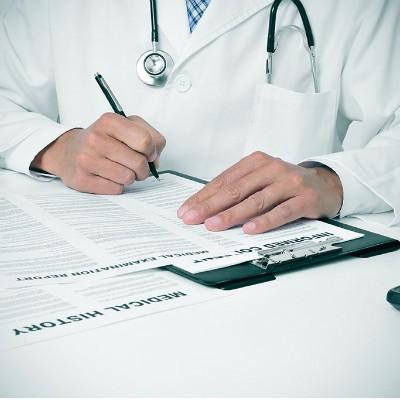
matters needing attention
With the development of the disease, it is difficult to dress, wash face, brush teeth and other daily life activities. In addition, some patients may also have autonomic nerve dysfunction, such as greasy face, sweating, salivation, dysuria and orthostatic hypotension, and may also have symptoms of depression and dementia.
